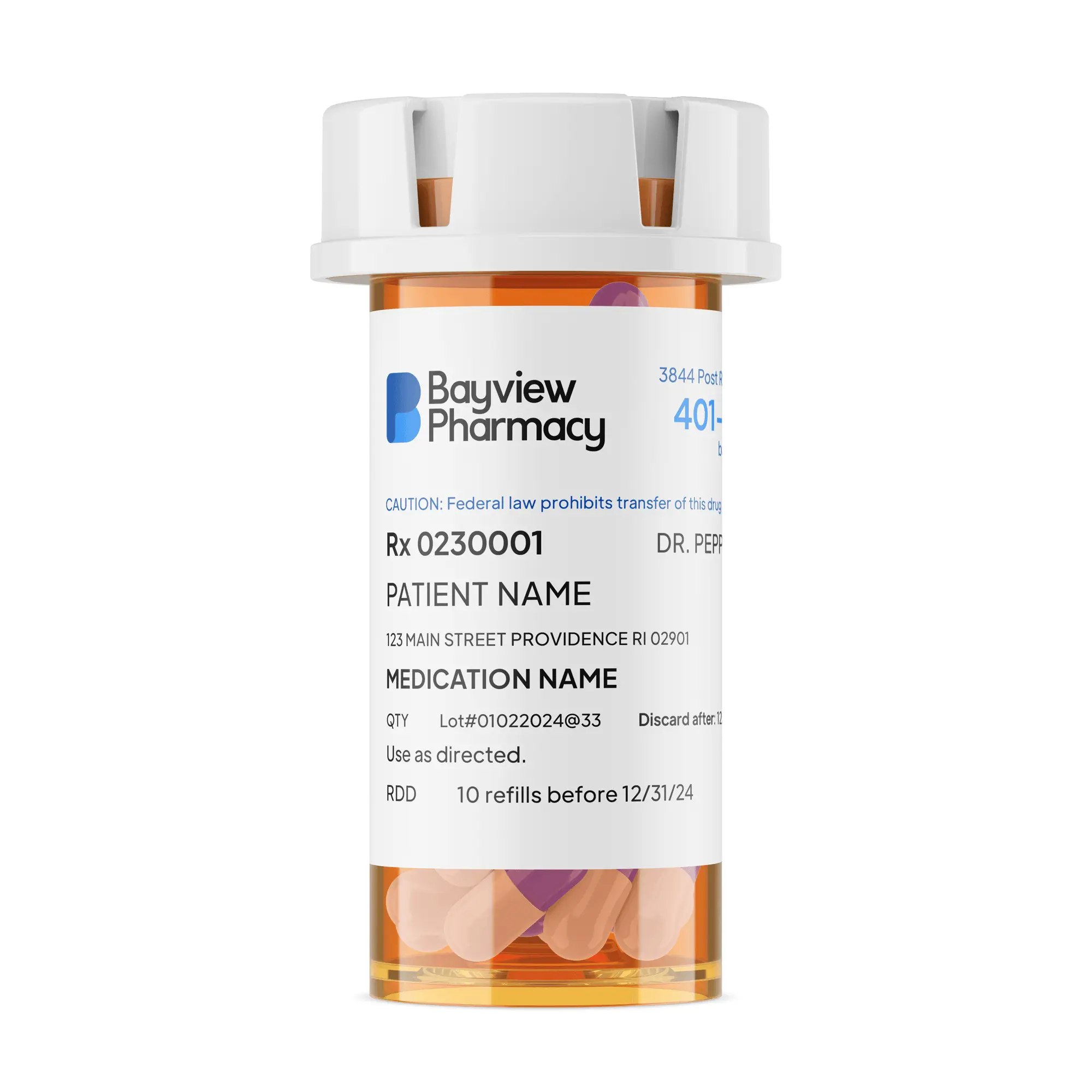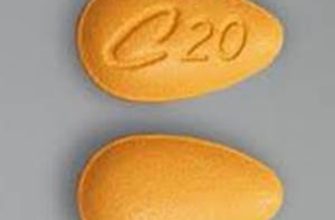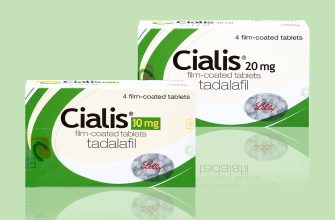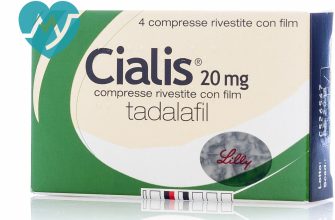Consider incorporating slow release doxycycline into your treatment plan for specific bacterial infections. This formulation offers a longer duration of action, allowing for less frequent dosing compared to standard doxycycline. Patients can benefit from its gradual release mechanism, which maintains therapeutic levels in the bloodstream over an extended period, enhancing compliance and effectiveness.
Clinical studies indicate that slow release doxycycline significantly reduces the frequency of gastrointestinal side effects commonly associated with immediate-release forms. With dosage adjustments possible, healthcare providers can tailor treatment regimens to individual patient needs without compromising efficacy. Moreover, the pharmacokinetics of slow release formulations suggest improved absorption characteristics, ensuring optimal drug levels are maintained.
When prescribing slow release doxycycline, consider patient-specific factors such as kidney function and potential drug interactions. It’s vital to monitor patients closely during the initial stages of treatment to adjust dosages as necessary. This tailored approach not only improves outcomes but also minimizes the risk of antibiotic resistance by ensuring sustained therapeutic effects.
Understanding Slow Release Doxycycline: A Comprehensive Overview
For optimal results, healthcare professionals often recommend slow release doxycycline for treating various infections. This formulation allows for a gradual release of the active ingredient, ensuring steady blood levels over an extended period. Patients may experience fewer doses per day compared to standard formulations, enhancing adherence and convenience.
Slow release doxycycline effectively targets conditions such as acne, respiratory tract infections, and Lyme disease. The slow release mechanism minimizes peaks and troughs in drug concentration, which may reduce side effects and improve tolerability. This steadiness can also result in enhanced treatment outcomes.
Administration is straightforward. Typically, patients should take the medication with a full glass of water to prevent esophageal irritation. Consistency in dosing time further helps maintain therapeutic levels in the bloodstream.
Monitoring during treatment is vital. Regular follow-ups allow healthcare providers to assess the drug’s efficacy and adjust dosages as needed. Some patients may experience gastrointestinal discomfort or other side effects, which should be reported to the healthcare provider promptly.
Dosing adjustments may be necessary for individuals with kidney impairments or other underlying health issues. It’s essential to discuss all medications and health conditions with a healthcare provider to ensure safety and effectiveness.
In summary, slow release doxycycline offers a reliable and patient-friendly option for managing various infections. Understanding its benefits and proper administration enhances therapeutic outcomes and patient satisfaction.
Benefits and Applications of Slow Release Doxycycline in Chronic Conditions
Slow release doxycycline offers targeted and sustained delivery of the medication, enhancing therapeutic outcomes in chronic conditions such as chronic obstructive pulmonary disease (COPD) and acne. Patients benefit from fewer doses, improving adherence to the treatment regimen.
This formulation minimizes peak plasma levels, reducing potential side effects like gastrointestinal discomfort. Patients experience a more consistent drug effect over time, which is especially beneficial in managing persistent infections and inflammatory conditions.
In dermatological applications, slow release doxycycline proves effective in treating acne, providing anti-inflammatory effects while reducing the risk of developing resistance. The steady drug levels help maintain skin health and support long-term treatment plans.
In respiratory conditions, slow release doxycycline addresses bacterial infections associated with COPD, aiding in the management of exacerbations. Continuous antibacterial activity helps to stabilize lung function and improves quality of life for patients.
Research indicates slower drug release correlates with enhanced patient outcomes, including decreased hospitalization rates and improved overall health status. This makes slow release formulations a compelling option for long-term management of chronic illnesses.
Dosing Strategies and Patient Compliance for Slow Release Doxycycline Therapy
Maintain an initial dose of 100 mg of slow-release doxycycline, taken once daily. This approach helps to establish effective serum levels while minimizing potential toxicity. Monitor patient response closely during the first few weeks for any signs of adverse effects or lack of responsiveness. Adjust the dose to 50 mg per day if the initial regimen causes gastrointestinal upset or side effects, ensuring patient tolerance.
Encourage patients to take the medication with a full glass of water and avoid lying down for at least 30 minutes afterward to reduce the risk of esophagitis. Reinforce the importance of adhering to the treatment schedule without skipping doses to sustain therapeutic levels.
Consider offering blister-packaged medications to enhance adherence. These packages clearly indicate the days of the week and can help patients keep track of their medication. Regular follow-ups via phone calls or texts can also remind patients to take their medication consistently.
Discuss potential interactions with other medications and the importance of informing healthcare providers about all ongoing treatments. This dialogue empowers patients and fosters a responsible approach to their therapy.
In case of a missed dose, advise taking it as soon as remembered, unless it is close to the time for the next dose. Instruct patients to avoid double dosing, which may lead to toxicity. Monitoring for signs of allergic reactions or significant side effects will foster a positive treatment experience.
Support compliance with the therapy by scheduling regular follow-up appointments to assess efficacy and address any concerns. Establishing a supportive environment enhances the likelihood of sustained adherence and optimal therapeutic outcomes.










